Four weeks from today is New Year’s Eve. We’re scheduled to land in Cairo, Egypt just minutes after midnight. I’ve been listening to Egyptian History Podcast, hosted by Dominic Perry and reading the Nobel Prize-winning The Cairo Trilogy by Nauguib Mahfouz in preparation.
We will spend four nights in Cairo, touring the pyramids and the city, then fly south and spend seven days exploring the temples, ruins, and cities along the Nile by riverboat, including Karnak, Luxor, Esna, Edfu and Qena. I hope you’ll come along!
The Greek historians first divided up Egyptian history into dynasties, while the Egyptians themselves looked on their history as continuous, lasting 3500 years. Modern historians have identified 31 different dynasties.
Just imagine trying to learn all of United States history (400 years including the Colonial period) in one month. No way. So I’m trying to break it down into smaller bites. Instead of learning 31 dynasties, I am trying to get a general idea of these five periods:
Early Dynastic Period: 3100 BCE - 2650 BCE (350 years) Menes unifies Upper and Lower Egypt.
Old Kingdom: 2635 - 2155 BCE (480 years) Third to Sixth dynasties. Era of Pyramids. Considered a golden age.
Middle Kingdom: 2061 - 1785 BCE (276 years) 11th to 13th dynasties. During this period Luxor was built as the capital of Egypt. There was a period of great economic prosperity, but then the Hyksos invaded from Asia. The Hyksos were a Semitic people who worshiped the Canaanite storm god Baal.
New Kingdom aka “Egyptian Empire”: 1551-1080 BCE (471 years). The Hyksos were chased out, Thebes was restored as the capital, Egypt conquered Nubia. Some of the famous pharaohs included Hatshepsut, Tutankhamen, Thutmose III (“Napoleon of Egypt”) and eleven different rulers all named Ramesses. Ramesses II lived for 90 years and fathered 180+ children, leading to a bit of a conflict among his heirs and leading to the fall of the empire. Queen Nofretete (shown top) is from this period, as is Ramses II, above.
Late Dynasties: 1080 - 332 BCE (748 years) This period saw the 21st to the 31st dynasties. The Persians invaded in 525 BCE, then Alexander the Great swept through, conquering both the Persians and Egypt. This began the rule of the Ptolemies, and the start of Greco-Roman Egypt.
This is where Cleopatra fits in.
Here’s a general overview map.
It‘s going to be a great trip! I’ll be blogging daily, asI did for our recent Danube Cruise, and uploading as internet connections permit.
Thanks for letting me get in a bit of homework this morning! The skies are blue today, first time in a long time, and the little lake is completely frozen. I got the outdoor holiday lights up yesterday to brighten up the long evenings as we countdown the year.
Thanks for traveling along! So glad you’re here~!
Credits:
Photo of Nefertiti: Creative Commons
Early Dynastic Period: Creative Commons
Old Kingdom Photo: Creative Commons
Middle Kingdom Photo: Creative Commons
New Kingdom Photo: Statue head of Paramessu (Ramsses I). from the reign of Horemheb, late 18th dynasty, circa 1319-1292 B.C. Made of Grandiorite, originally part of a statue depicting him as a scribe. Head is posed looking downwards, and this image matches its gaze. Now residing in the Museum of Fine Arts, Boston.
Late Dynasties Map: Creative Commons
Cleopatra: The Berlin Cleopatra, a Roman sculpture of Cleopatra VII wearing a royal diadem, mid-1st century BC (around the time of her visits to Rome in 46–44 BC), discovered in an Italian villa along the Via Appia. Altes Museum, Berlin, Germania. Public Domain. She had red hair!
General Map: University of Chicago Institute for the Study of Ancient Cultures
New Subscribers: Here’s a link to the first post of our Danube River Cruise:
Day One - Budapest
We departed AMS on a full flight to BUD. KLM runs a tight ship. Nothing fancy but usually reliable (although we did wait 3 days in Copenhagen several years ago for our luggage).





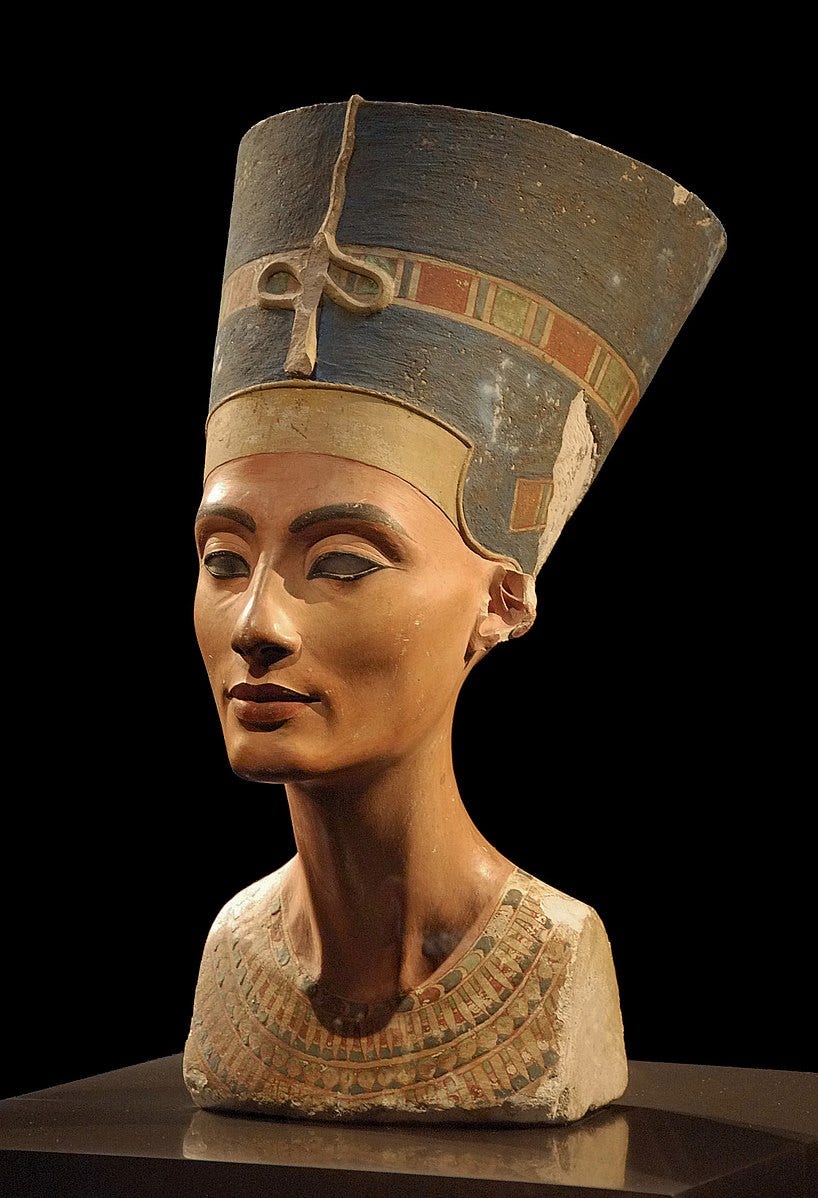
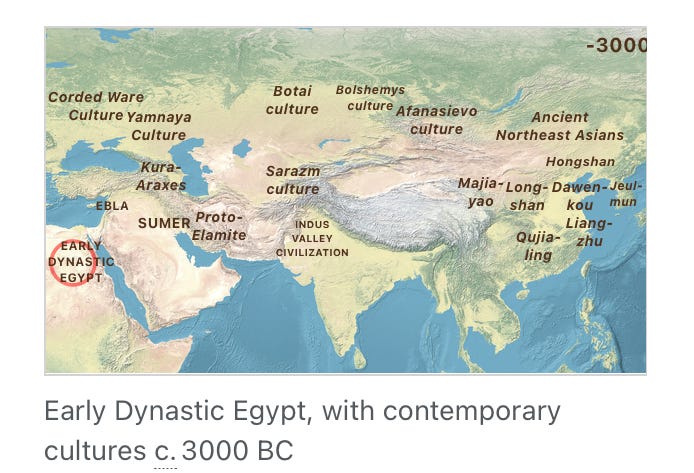
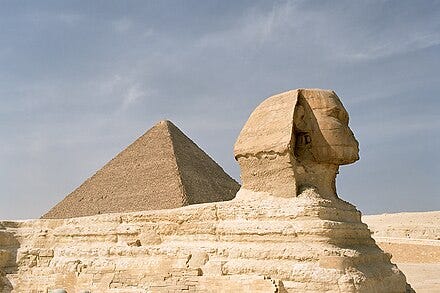

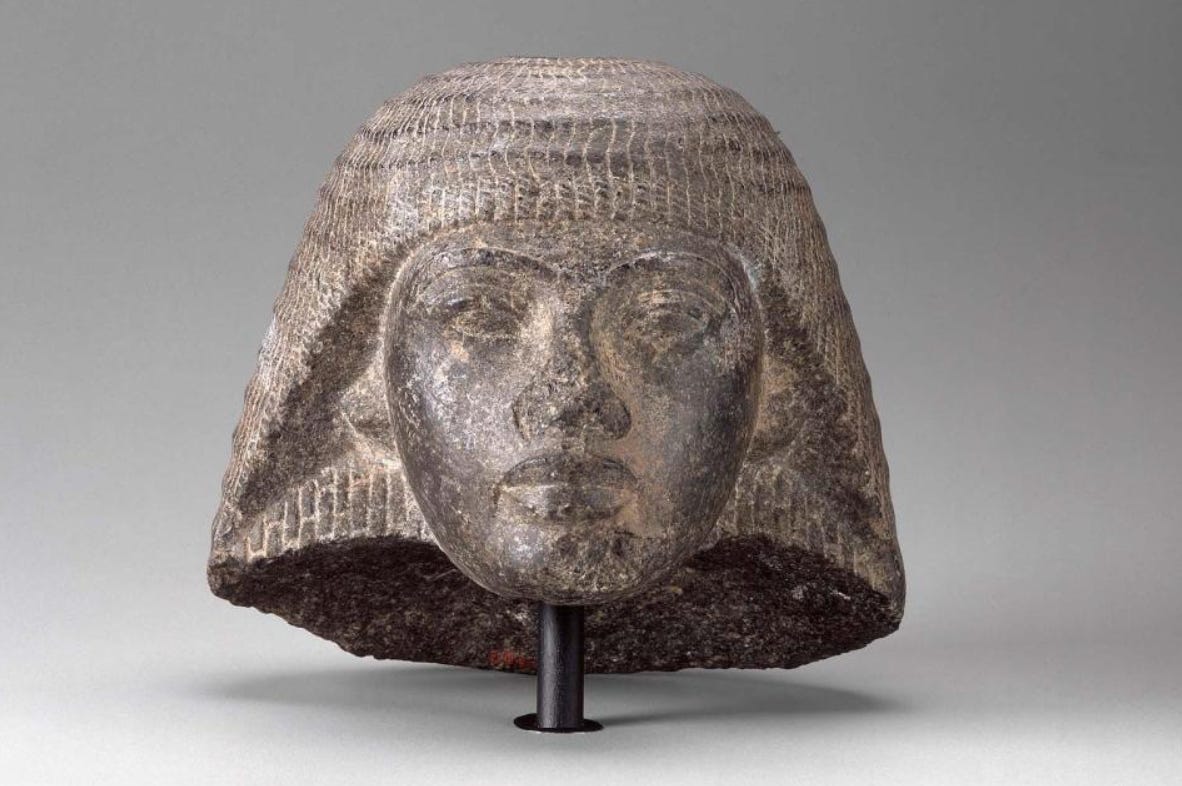

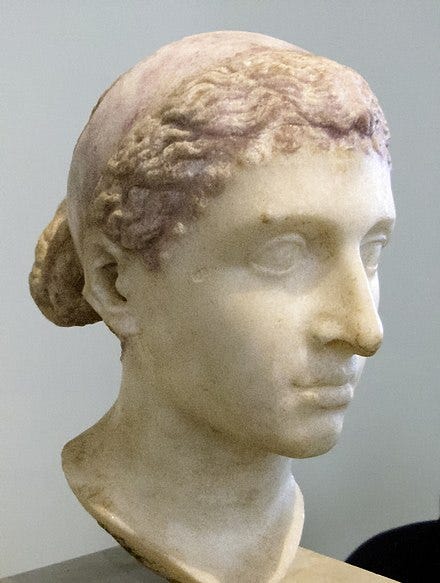
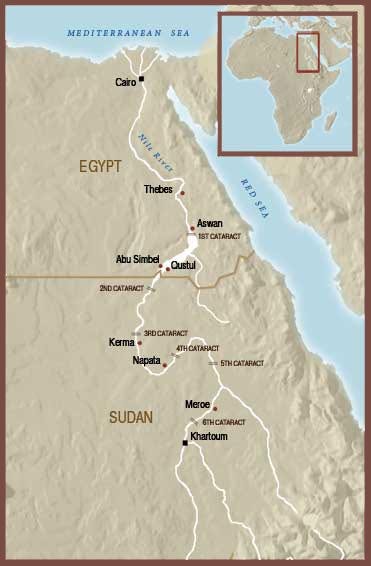

You can do it!
You'll get so much out of your trip - because you put so much in!